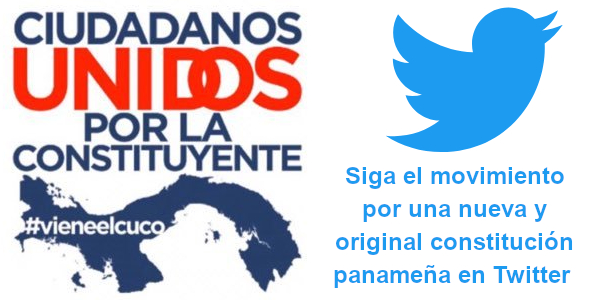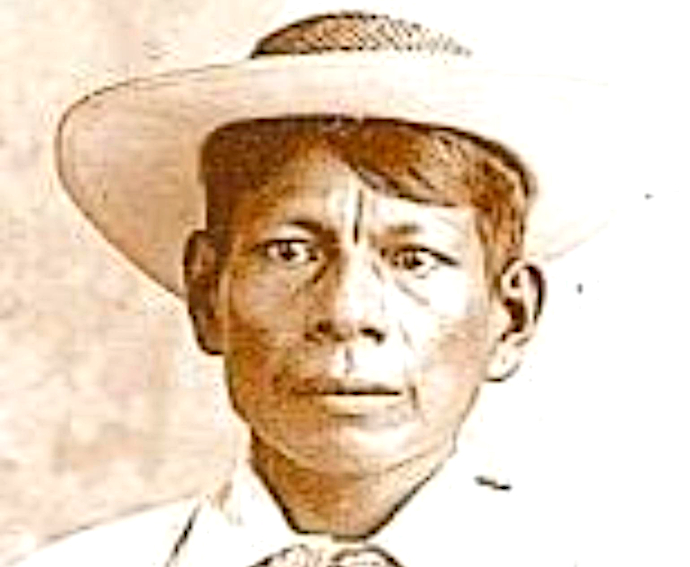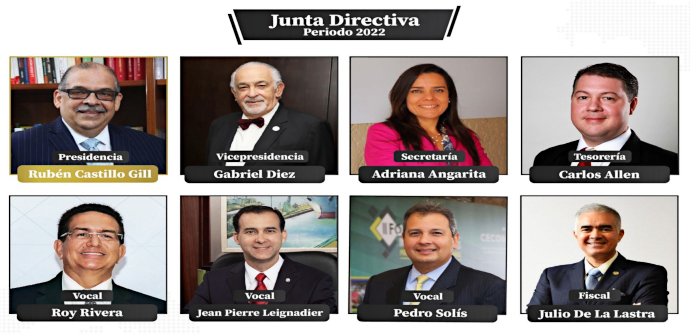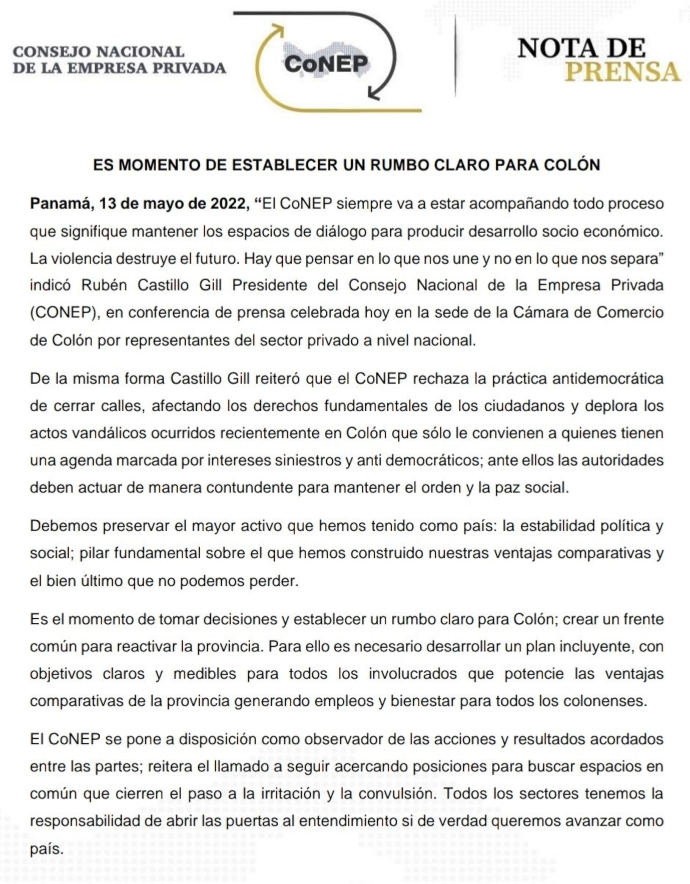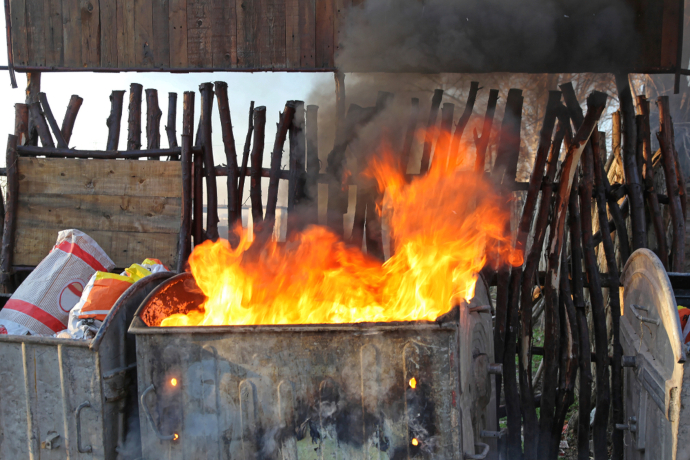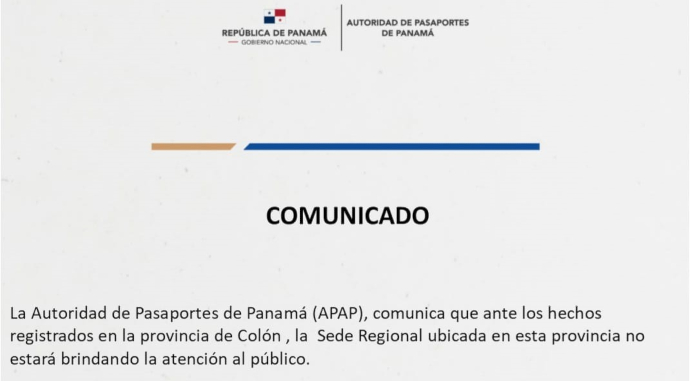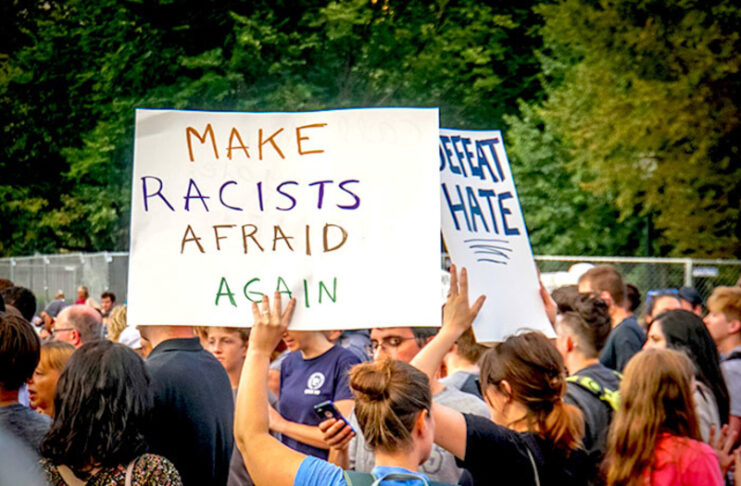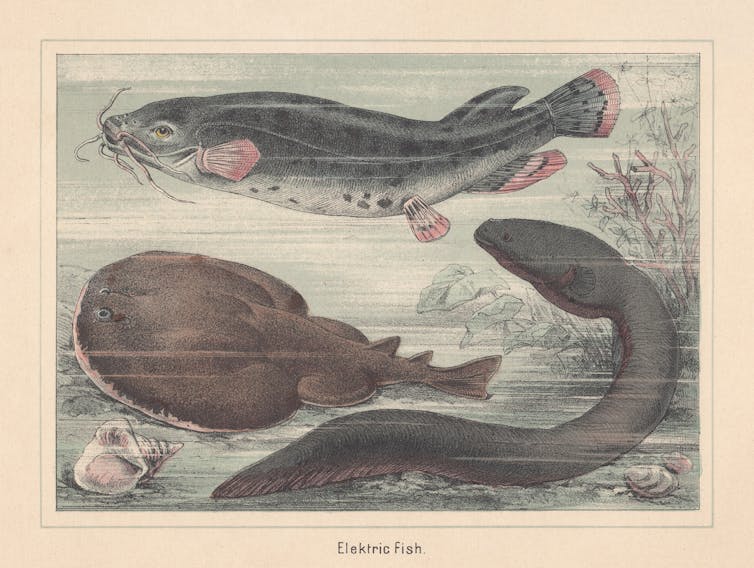Victoriano Lorenzo, “El Cholo Guerrillero.”
Las razones de Victoriano Lorenzo
Por Olmedo Beluche
Entre 1821 y la década de 1850, el estado colombiano dictó innumerables leyes y decretos que reglamentaban la imposición de contribuciones. Muñoz Pinzón lista más de media docena de leyes expedidas sobre el tema de los impuestos que se aplicaron el Istmo, entre ellas: “el impuesto a la sed” (a los aguateros), al papel sellado, correos, sobre tonelaje de carga en barcos, registros documentales e hipotecarios, al comercio, a la actividad pecuaria (cinco centavos anuales por cada res y un peso por cada res consumida, 50 centavos por cada cerdo u oveja, ley de 17/10/1855), las salinas, “remate de paso” (por los ríos Santa María y La Villa), etc.[i]
Las cuantiosas cargas fiscales del imperio colonial español ya habían sido motivo de descontento durante el siglo XVIII en muchos lugares de América convirtiéndose en un aliciente de los movimientos independentistas. En el período colonial el impuesto que principalmente pesaba sobre las personas era el diezmo, literalmente se pagaba el 10% de los ingresos anuales. Originalmente, al inicio de la Edad Media europea, fue un impuesto que cobraba la Iglesia católica, pero en el siglo XVIII pasó a ser administrado por funcionarios de la Corona.
Durante los primeros años de la Independencia lo siguieron cobrando funcionarios del Estado, que eran los mismos terratenientes[ii], aunque cabe preguntarse respecto a la eficacia de este cobro y qué porcentaje de la población realmente lo pagaba, especialmente en los campos. En un intento de modernización de las cargas fiscales fue sustituido el diezmo por dos son las contribuciones que pesaron más contra los campesinos: la contribución directa (1821) y la contribución personal de indígenas (1825).
La contribución directa consistía en el pago de 20 pesos anuales por persona, pagadero en efectivo o con trabajo (equivalente a 7 días por año), aplicable a los vecinos varones del municipio, con una lista confeccionada por las autoridades locales. El hecho de que, a mitad del siglo XIX, este impuesto constituía el principal ingreso de las administraciones provinciales se prestó para abusos por parte de los recaudadores locales, los regidores y los alcaldes quienes además tenían la potestad de imponer multas adicionales, que aumentaron el descontento, principalmente en la península de Azuero.
El otro aspecto que contribuyó a la cruenta guerra civil que fue creciendo a lo largo del siglo XIX, que adquiriría una dimensión particular en la Guerra de los Mil Días en el campo panameño, fue el robo de tierras de los resguardos y tierras particulares de indígenas por parte de los terratenientes, así como los abusos reiterados de las autoridades locales para imponer la contribución personal indígena, consistente en una serie de trabajos forzosos para beneficio municipal o de los hacendados.
Mario Molina Castillo explica que: “Luego de la Independencia de Panamá de España en 1821, se mantuvo un sistema colonial en las tierras de producción de los pueblos indígenas como Bugaba, Boquerón, San Pablo, Dolega, Gualaca, a los que se llamaba “El Común”; terrenos cultivados de maíz y plátano por las comunidades reducidas, desde el siglo XVIII.”[iii] Durante la segunda mitad del siglo XIX empezó el sistemático proceso de desalojo de estas comunidades indígenas y de despojo de sus tierras comunes a manos de los terratenientes ganaderos, según Molina. Ese proceso que muy bien describe Molina para Chiriquí se repitió a lo largo del Istmo.
Este otro tipo de abusos tuvo su región de conflicto en lo que se conoce como Coclé, cuyas dimensiones llegaban hasta Capira, hoy en la provincia de Panamá Oeste. Como ya hemos consignado anteriormente, Coclé, y particularmente Penonomé, constituyó la primera región en que tuvo relativo éxito el proceso de sometimiento de la población indígena y de aculturización, atrayéndolos a asentarse en poblados indígenas cercanos a poblados españoles para que fueran mano de obra disponible a lo largo de los siglos XVI y XVII.
Pero también hemos visto que la ida al “interior” de los criollos panameños, a lo largo del siglo XVIII, tuvo en Penonomé uno de sus lugares de asentamiento, desplazando a la población indígena o “chola” hacia la cordillera. Este proceso de desplazamiento y expropiación de tierras ejidales y particulares continuará a lo largo del siglo XIX y derivará en la guerra campesino indígena liderada por Victoriano Lorenzo.
Antes de describir las pequeñas guerras campesinas que asolaron al sector agrario panameño, conviene tener presente que los conflictos de clase a lo largo de la centuria, a veces se presentaron directamente como luchas contra los impuestos y los abusos, como en Azuero en 1856; pero muchas veces se presentaron revestidos de un cariz político que lo encubría y del que algunos historiadores parecen no percatarse.
Por ejemplo, el valioso estudio de Armando Muñoz Pinzón, que hemos citado, demuestra que el grave conflicto de 1854, mediado incluso por asesinatos, que aparentemente es una disputa por el control de la Gobernación de la recién creada provincia de Azuero, entre las familias Goytía y Guardia, en realidad esconde un conflicto clasista entre latifundistas y minifundistas.
El sociólogo Milciadez Pinzón, realiza una interesante síntesis de la variedad de interpretaciones que a lo largo del tiempo han tenido los conflictos agrarios de la década de 1850 en aquella región: 1. Empieza con Juan B. Sosa, quien sólo visualiza un conflicto entre familias; 2. Para Rubén Carles O., se trató de un conflicto entre liberales y conservadores; 3. Es Hernán Porras el primero en percibir un conflicto de clase entre terratenientes y minifundistas; 4. Según Milciades Pinzón el estudio de Armando Muñoz es un salto hacia la precisión pues incorpora el conflicto de clase en el sentido del descontento popular con los impuestos; 5. Finalmente, menciona la interpretación de Marco Gandásegui, para el cual el detonante de la crisis es la competencia por el mercado de la zona de tránsito entre formas de producción distintas Veraguas vs Azuero[iv].
Lo que es más evidente hoy en día, es que las diversas guerras civiles entre liberales y conservadores, de las que hubo muchas en el siglo XIX panameño, en el campo expresaban un conflicto entre dos clases: los terratenientes y ganaderos sostenedores del bando conservador, aliado a los conservadores del resto de Colombia de manera consecuente, identificado con las familias Fábrega, De la Guardia, Guardia; y el pequeño campesino precarista, siempre vinculado al bando liberal, identificado por líderes como los Goytía, Porras y Victoriano para los indígenas.
Sin embargo, el problema se vuelve complejo desde el punto de vista del programa liberal hispanoamericano y colombiano del siglo XIX, porque como bien señala Jorge Conte-Porras[v], a partir de la década del 50 éstos intentaron traspolar ideales europeos sobre una realidad distinta en América, con lo cual los resultados fueron desastrosos o contrarios al objetivo.
Por ejemplo, el intento de copiar el modelo francés de reforma agraria (que eliminó el latifundio francés entregando parcelas a los pequeños campesinos) en nuestro continente significó expropiar tierras colectivas de Resguardos indígenas y ejidos municipales que, a la postre acabaron en manos de los latifundistas. Otro tanto sucedió con la expropiación de las enormes tierras de la Iglesia Católica que fue a parar a los terratenientes fortaleciéndolos.
En el plano de los impuestos, el ideal de la descentralización política y el federalismo los llevó a entregar su administración y cobro a los Cabildos y autoridades locales, lo cual fue contraproducente, y empeoró las injusticias contra los campesinos pobres.
Por eso, en términos generales el programa liberal fracasó en Colombia y el resto de Hispanoamérica, transformándose en un beneficio para los enemigos de la causa liberal. Ahora bien, estas contradicciones no impidieron que las demandas del campesino pobre, así como de los artesanos y pobres urbanos, encontraran siempre cobijo bajo la bandera liberal, y para nada bajo la de los conservadores, a quienes veían como enemigos de clase y políticos.
Las principales figuras populares del siglo XIX panameño, todas fueron liberales: Pedro Goytía y después Demetrio Porras, representantes del minifundio de Azuero; Victoriano Lorenzo, representante de los indígenas, cholos y campesinos pobres de la cordillera coclesana; Buenaventura Correosos, representante del arrabal de Santa Ana en la ciudad de Panamá.
Veamos la lista de los conflictos y guerras civiles que asolaron el campo panameño a lo largo del siglo XIX que hemos podido recabar:
1. Como antecedentes, en el siglo XVIII, están las incontables sublevaciones y resistencias del pueblo Kuna, en las dos vertientes del Darién, los cuales no pudieron ser “pacificados” a lo largo del período colonial; en ese mismo siglo, las varias revueltas de diversos pueblos indígenas de la región de Chiriquí y Veraguas, que abandonaban y saqueaban las reducciones en las que aparentemente habían sido “pacificados”,en 1783 en Bugaba, 1788 en Tolé, 1805 en Santa Fe[vi]
2. En el siglo XIX, la primera sublevación del campesinado azuerense es el “Grito de Independencia de La Villa de Los Santos”, del 10 de noviembre de 1821. Hecho que la historia oficial vincula a “sentimientos patrióticos”, pero cuyo móvil real e inmediato fue el descontento del campesinado pobre contra el avituallamiento forzoso del ejército español cada vez que marchaba a combatir a los independentistas en Sudamérica. El historiador Alfredo Castillero C. aporta nueva información que permite establecer que, en octubre de 1821, el capitán general Mourgeon impuso las últimas contribuciones forzosas de ganado y otros bienes de las cofradías, antes de partir con su ejército hacia Ecuador. El descontento campesino que esto produce da lugar a una proclama del natariego Francisco Gómez Miró seguida del pronunciamiento del Cabildo de Los Santos dirigido por Segundo Villamil, y es lo que explica que aquella región fuera la vanguardia en la independencia panameña[vii].
3. En 1827, en Los Santos, se produce una sublevación de 300 campesinos contra el pago de impuestos, según recoge el general bolivariano O’Leary en sus Memorias, las cuales cita Armando Muñoz Pinzón[viii].
4. En 1851 y 1852 se repiten disturbios en los departamentos de Herrera y Los Santos cuando la Cámara Provincial, mediante ley de 22 de abril de 1850, había sustituido el diezmo por la contribución directa[ix].
5. En 1854, se produce el conflicto por el control de la gobernación de la provincia de Azuero (creada en 1850), que comprendía los departamentos de Herrera y Los Santos. Aparentemente se basó en un acuerdo político, el gobernador José A. Sáez (liberal), y el vicegobernador Agustín Chiari (conservador). Pero ante un cáncer terminal que padecía el gobernador, el bando liberal decide remover a Chiari para imponer a Pedro Goytía (liberal) para que dirija de hecho la gobernación. Los conservadores, con el apoyo del gobernador de Veraguas, Fábrega, deciden oponerse a la maniobra, intentan asesinar a Pedro Goytía, y luego son heridos dos funcionarios conservadores. En julio de 1854 se produce una invasión de 90 hombres procedente de Veraguas, que toma Parita pero es derrotada en los márgenes del río La Villa por campesinos armados en número de 400. Durante varias semanas se teme una invasión azuerense hacia Veraguas, pero ésta no se produce. Goytía es separado del cargo y, finalmente, desde Bogotá, el presidente encargado José de Obaldía, por iniciativa el senador conservador panameño, Santiago de la Guardia, decretan la supresión de la provincia de Azuero, entregando Herrera a la jurisdicción de Veraguas, y Los santos a la de Panamá[x].
6. En 1856, durante varios meses se suceden incidentes y rebeliones en los pueblos de la península de Azuero. La primera explosión popular sucede el 19 de enero, cuando una multitud de cien campesinos armados rodea la casa del prefecto de Pesé, José I. Rosa, para “que no se pagasen las contribuciones que estaban mandadas a cobrar; que solo estaban prontos a pagar diezmos y primicias...”[xi].
El movimiento se extendió a la vecina Ocú y a Parita, lugar este último donde la comunidad emitió un “Pedimento del Pueblo” que, entre otras cosas dice: “…Que ciendo estos pueblos desgraciados de pobresa y ciendo tantas las contribuciones del Estado, muy ecsorbitantes i los indicados pueblos no resisten las referidas contribuciones,…, salvandose algunos individuos de regular fortuna de la contribucion del estado, que de estos salga la contribucion“[xii]
El Pedimento del pueblo de Parita es claro, no sólo las contribuciones son elevadas para sus capacidades, sino que hay individuos pudientes que escapan a su pago por ser allegados a las autoridades.
El 27 de enero, en Pesé, el pueblo detuvo y golpeó a todas las autoridades locales y saqueó la casa del cura José María Franco el cual era terrateniente, activista político y aliado de los Guardia y los Fábrega de Veraguas. La alarma cunde entre los latifundistas de Santiago, quienes llaman al vicegobernador del Estado Federal de Panamá, Francisco de Fábrega, para que se apersone con una fuerza represiva desde la ciudad de Panamá antes que el movimiento se extienda, pues provenían ecos de descontento de la región de Chiriquí y en la misma Veraguas, en San Francisco.
Fábrega llega con una numerosa tropa a Montijo el 4 de febrero y desde allí organiza una expedición punitiva que llega a Ocú y Pesé el 20 de febrero y a Los Santos el 22. Sin embargo, la actitud de los habitantes fue la de no confrontar al ejército del Estado, sino huir a los campos. Por ello, desde Los Santos el oficial Gil Colunje emite un informe en que se ufana de sofocar la rebelión “…sin disparar un fusil…”[xiii].
Pese a que el historiador Armando Muñoz P., al inicio del capítulo que narra la sublevación de 1856 ha destacado que en los manifiestos de los campesinos no hay ninguna mención a bandos políticos, sino al tema de los impuestos, las autoridades conservadoras enseguida culparon de lo sucedido a Pedro Goytía y sus huestes, como bien remarca en el siguiente capítulo. Así que el conflicto sí queda teñido por la lucha liberal – conservadora sobre todo en los juicios posteriores que se siguieron y en los que Goytía pagó con prisión y destierro[xiv].
Justamente, el 20 de marzo, estalla una nueva asonada en Los Santos por la detención y deportación de Pedro Goytía hacia la ciudad de Panamá. El 5 de abril 100, hombres armados rodean la casa del prefecto Villamil en Los Santos y se produce un tiroteo de 2 horas. El 27 de abril, es asesinado en el caminos entre Chitré y Los santos el agente fiscal José del C. Ríos.
El 25 de mayo, para tratar de calmar los ánimos el Cabildo de Los Santos emite un decreto reglamentando el cobro de la contribución directa de manera proporcional, desde 5 céntimos el menos pudiente hasta 3 pesos fuertes[xv]. Pese a ello, entre julio y agosto se produce una nueva revuelta en Pedasí, donde los campesinos se oponen a pagar impuestos.
Aunque el historiador presenta como un hecho disociado, nos parece que tiene relación directa con la revuelta campesina el asesinato del cura José María Franco en Macaracas, el día 9 de septiembre de 1856. Ese día, un grupo de campesinos dirigidos por Celedonio Castro se presentó a la iglesia donde esta oficiando el cura Franco, lo arrestó, lo condujo a la cárcel del pueblo, donde fue puesto en el cepo y luego asesinado a tiros. Las investigaciones presentaron el hecho como una venganza personal, por el cobro de una deuda, pero la historia personal del cura y que tuviera que huir al inicio de la sublevación relacionan su muerte con el descontento generalizado contra los latifundistas[xvi].
7. En 1858, aunque el reglamento del Cabildo de Los Santos de mayo de 1856 parecía haber calmado los ánimos, Armando Muñoz P. reseña un tumulto de campesinos que atacan al alcalde y al tesorero por el tema de los impuestos en la zona de Macaracas[xvii].
8. La crisis de 1860 a 1862, guerra liberal – conservadora de amplias repercusiones en Panamá que Jorge Conte-Porras aborda en mucho detalle, ya que el conflicto se extiende en el Istmo porque acá el gobierno conservador de Santiago de la Guardia procuró preservarse mientras los liberales asumían el poder en toda Colombia (Convenio de Colón)[xviii].
Lo interesante para el tema que nos ocupa es: 1. Que en la provincia de Coclé surge un liberalismo, encabezado por Isaacs Fernández Feo, que cuestiona el poder conservador de la familia latifundista de la región, lo De la Guardia; 2. Que José Joaquín Mosquera, presidente y cabeza del liberalismo colombiano, tuvo como eje de su gobierno el tema agrario, decretando el 20 de julio de 1861 la expropiación de los bienes de manos muertas en poder de la Iglesia y la devolución de las tierras de los Resguardos indígenas que habían sido apropiadas por los terratenientes ganaderos.
Derrotado el conservador Santiago de la Guardia y restaurado el gobierno liberal en el Istmo, empezaron las quejas de los terratenientes, como el propio José de Obaldía, denunciaba ser “despojado” de sus hatos ganaderos por los campesinos indígenas que se amparaban en las leyes dictadas por Mosquera. Es interesante hacer notar que en esta fase, hubo quejas hasta de los propios liberales terratenientes, como el mismísimo Pedro Goytía que, de líder de las masas desamparadas de Azuero, ahora se quejaba de las expropiaciones lanzadas por Mosquera[xix].
Sin embargo, el poder liberal duró poco en el Estado de Panamá, ya que mediante una maniobra en el Cabildo se autoproclamó presidente el conservador Gil Colunje en 1865, ordenando acciones punitivas contra los liberales insurrectos en la zona de Coclé. De manera que, un año después, campesinos de Penonomé se quejaban mediante nota de los atropellos del Prefecto José Arjona.
Las medidas progresistas de Mosquera y los liberales finalizaron cuando Rafael Núñez, mediante una alianza de liberales moderados y conservadores, crea el movimiento de La Regeneración y, entre otras medidas, restituye a la Iglesia sus propiedades y prerrogativas.
9. Toda la década de 1890 está plagada de reclamos de las comunidades indígenas de Coclé contra los abusos de las autoridades especialmente en la imposición de trabajos forzados e ilegales. Conte-Porras cita una carta del obispo Fermín Jované (1890) que, prueba que está al tanto del problema, lo que no significa que haya hecho nada al respecto; un Memorial (30/1/1891) firmado por cien indígenas de Penonomé, entre ellos Victoriano Lorenzo, quejándose contra los abusos del regidor de Capira Pedro Hoyos obligándoles a pagar tributos a ese distrito cuando ellos vivían fuera de su jurisdicción; otra nota de los indígenas al obispo de Panamá sobre el mismo asunto; y otra de 1897 dirigida al Secretario de Gobierno de Colombia.
De manera que, cuando el 23 de julio de 1891, se suscita el conocido incidente en que el regidor de la Trinidad y El Cacao, Victoriano Lorenzo, mata en defensa propia al regidor de Capira Pedro Hoyos, estamos ante un hecho que parece aislado, pero que es un reflejo de una cadena de injusticias. Todos sabemos que Lorenzo purgó 9 años de cárcel sin que ninguna autoridad de las que estaba informada de la situación hiciera nada por defenderlo, igual que sucedería en 1903 cuando fue fusilado.
10. La cadena de hechos escritos abona el terreno para la explosión social que fue la Guerra de los Mil Días. De modo que, cuando esta estalla, el caudillo liberal azuerense, Belisario Porrras podía pensar: “¿Cómo no debían tener esos indios hambre de reparaciones? Son una raza de proscritos en la cordillera, a donde los arrincona cada día más la codicia torpe de la autoridad de nuestra tierra. Claro está que siendo ellos así, y nosotros descastados y filibusteros sin patria, había cierta similitud en nuestra común desgracia y bien podíamos hacerlos de nuestra propia mesnada“[xx].
No vamos a detenernos en cómo se desarrolló la guerra, pues no es nuestro tema. Baste clarificar aquí que, en un artículo[xxi] hemos desarrollado la tesis de que la Guerra de los Mil Días tuvo en el Istmo de Panamá, dos fases: la primera, sintonizada políticamente con las demandas del liberalismo colombiano contra el gobierno de La Regeneración, que llega hasta la derrota del Puente de Calidonia (24 de julio de 1900); la segunda, que empieza la guerra indígeno-campesina contra los terratenientes, cuando Victoriano Lorenzo es nombrado general por 500 pobladores indignados por la quema de El Cacao, la destrucción de los cultivos y la violación de las mujeres (20 de octubre de 1900).
“Victoriano Lorenzo abre la campaña contra el Gobierno por el saqueo del caserío de El Cacao. No habla de liberalismo y conservatismo. Es la lucha de los campesinos recluidos en las montañas que sufren la carga de los impuestos (incluyendo los diezmos y primicias), la escasez de alimentos y los ultrajes de las autoridades y de arrogantes oficiales militares“[xxii].
Desde octubre de 1900 llevó la guerra a los terratenientes de Penonomé, cercando la ciudad y postrándola de hambre, sumando al campesinado de toda la región y aislando al gobierno conservador de la ciudad de Panamá del interior. Así se desarrolló la guerra hasta que, en noviembre de 1902, los liberales y conservadores de Panamá firmaron el Tratado del Wisconsin, por obligación impuesta por Estados Unidos para finiquitar las negociaciones sobre el canal, sin resolver ninguna de las demandas campesinas e indígenas.
Norteamericanos, autoridades y civiles conservadores, y los mismos liberales moderados veían en Victoriano un peligro que podía echar por tierra sus aspiraciones a un acuerdo canalero. Por esa razón fue traicionado por los dirigentes liberales, detenido desde noviembre de 1902, enjuiciado sumariamente cuando la negociación canalera estaba en su apogeo y fusilado sin poder defenderse el 15 de mayo de 1903.
Notas
[i] Ibid., Un estudio sobre historia social panameña. Las sublevaciones campesinas de Azuero en 1856.Págs. 25 – 42.
[ii] Figueroa Navarro, Alfredo. Op. cit. Pág. 106.
[iii] Molina Castillo, Mario. Chiriquí en sus fronteras de producción. Migraciones, poblamiento y evolución urbana e industrial 1750 – 1950. Impresos Modernos. Panamá, 2014.
[iv] Pinzón O., Milciades. “Conservadores, liberales y campesinos en Panamá. Una interpretación de los movimientos campesinos azuerenses de 1856“. En Revista Panameña de Sociología No. 3. Imprenta Universitaria. Panamá, 1987.
[v] Conte-Porras, Jorge. Meditaciones en torno a Victoriano Lorenzo. Impreandes, S.A. Santa fe de Bogotá, octubre de 1997. Págs. 158 – 159.
[vi] Castillero Calvo, Alfredo. Conquista, Evangelización y Resistencia. Op. cit.
[vii] Castillero Calvo, Alfredo. La independencia de 1821. Una nueva interpretación. En: Historia General de Panamá. Volumen II. El Siglo XIX. Comité Nacional del Centenario. Panamá, 2004.
[viii] Muñoz P., Armando. Op. Cit. Pág. 43.
[ix] Ibidem, Pág. 35.
[x] Ibid., Págs. 1 – 24.
[xi] Ibid. Págs. 43 – 44.
[xii] Ibid. Págs. 49 – 50.
[xiii] Ibid. Págs. 56 – 64.
[xiv] Ibid. Págs. 65 – 90.
[xv] Ibid. Pág. 85.
[xvi] Ibid. Págs. 91 – 107.
[xvii] Ibid. Pág. 89.
[xviii] Conte-Porras, Jorge. Meditaciones en torno a Victoriano Lorenzo Op. cit. Págs. 157 – 209.
[xix] Ibidem, Pág. 170.
[xx] Ibid. Pág. 193.
[xxi] Beluche, Olmedo. El Cholo Guerrillero. Victoriano Lorenzo en la historia política panameña. Editorial Portobelo. Panamá, 2010.
[xxii] Vásquez Vásquez, Claudio. Mis memorias sobre el General Victoriano Lorenzo: relatos de viva voz del Tte. Col. Juan José Quirós Mendoza. 1900 – 1902. Segunda Edición. Imprenta ARTICSA. Panamá, 2003. Pág. 49.
Contact us by email at / Contáctanos por correo electrónico a fund4thepanamanews@gmail.com
To fend off hackers, organized trolls and other online vandalism, our website comments feature is switched off. Instead, come to our Facebook page to join in the discussion.
Para defendernos de los piratas informáticos, los trolls organizados y otros actos de vandalismo en línea, la función de comentarios de nuestro sitio web está desactivada. En cambio, ven a nuestra página de Facebook para unirte a la discusión.
~ ~ ~
These announcements are interactive. Click on them for more information.
Estos anuncios son interactivos. Toque en ellos para seguir a las páginas de web.

